Criminal Law: Benefits of Using Statistical Data in Criminal Justice
VerifiedAdded on 2022/09/28
|5
|868
|26
Report
AI Summary
This report examines the significance of statistical data in the criminal justice system. It emphasizes the government's use of statistics for effective crime program implementation, citizen protection, and policy assessment. The report highlights the importance of comprehensive data collection, especially in the age of cybercrimes, and the use of qualitative and quantitative research for generating crime-related data. It then delves into the role of statistical analysis in transforming collected data into actionable information for decision-making and policy research. The report differentiates between descriptive and inferential statistics, explaining how each is used in criminal investigations, from determining crime probabilities to aiding in suspect identification, with examples of how investigators use data and facts to make inferences and conclusions. The report concludes by discussing the measures of central tendency and spread, which are used in descriptive statistics.
1 out of 5
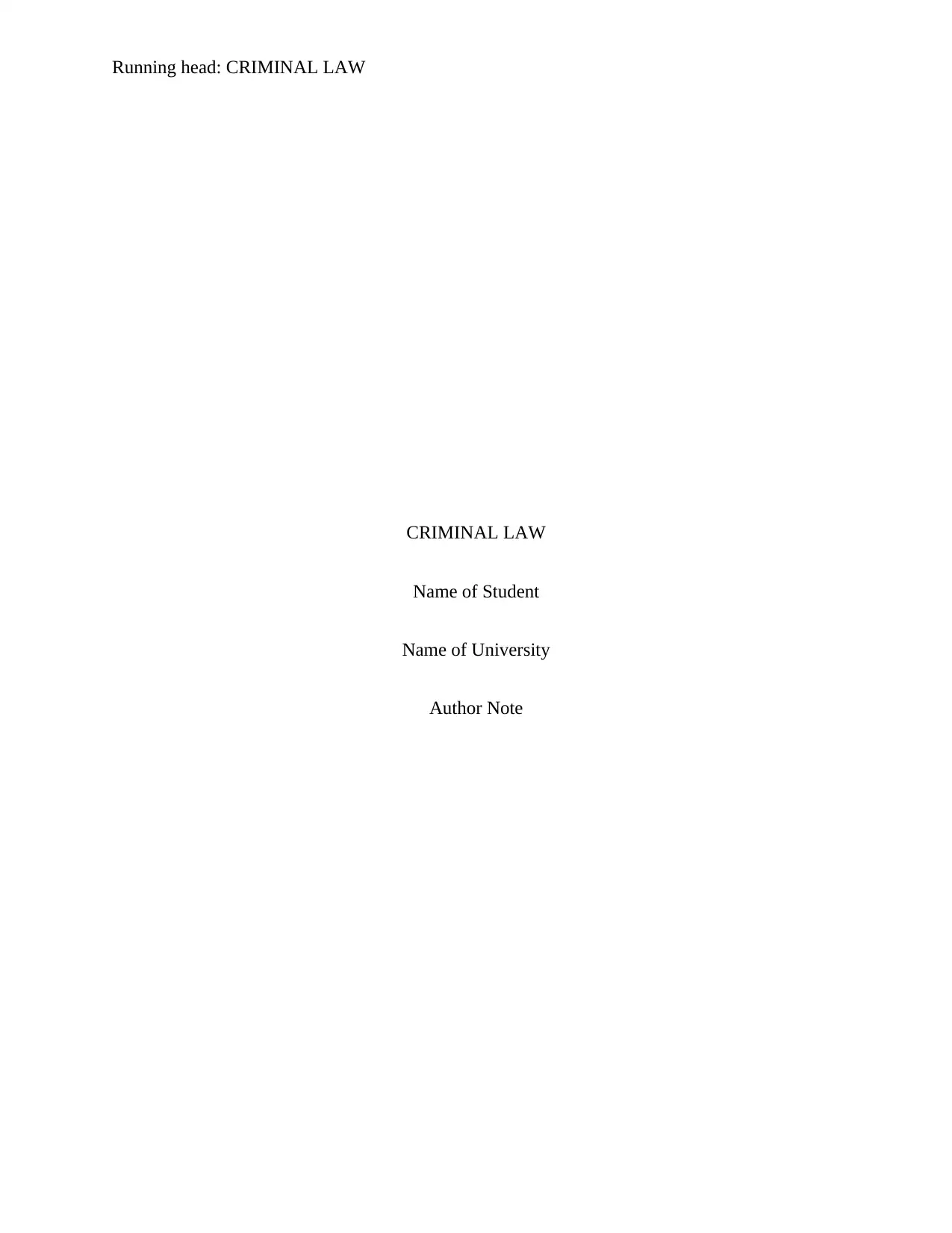
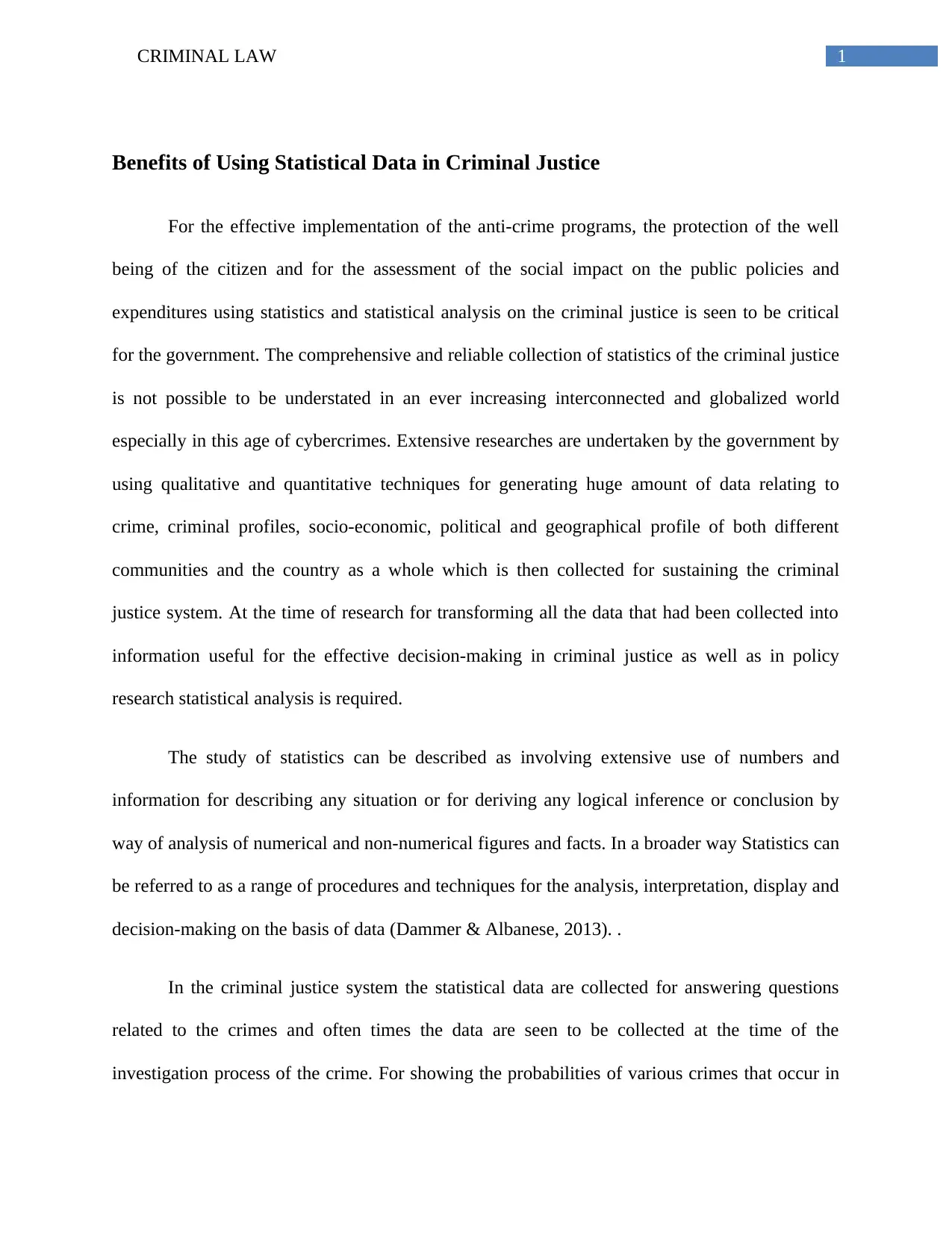
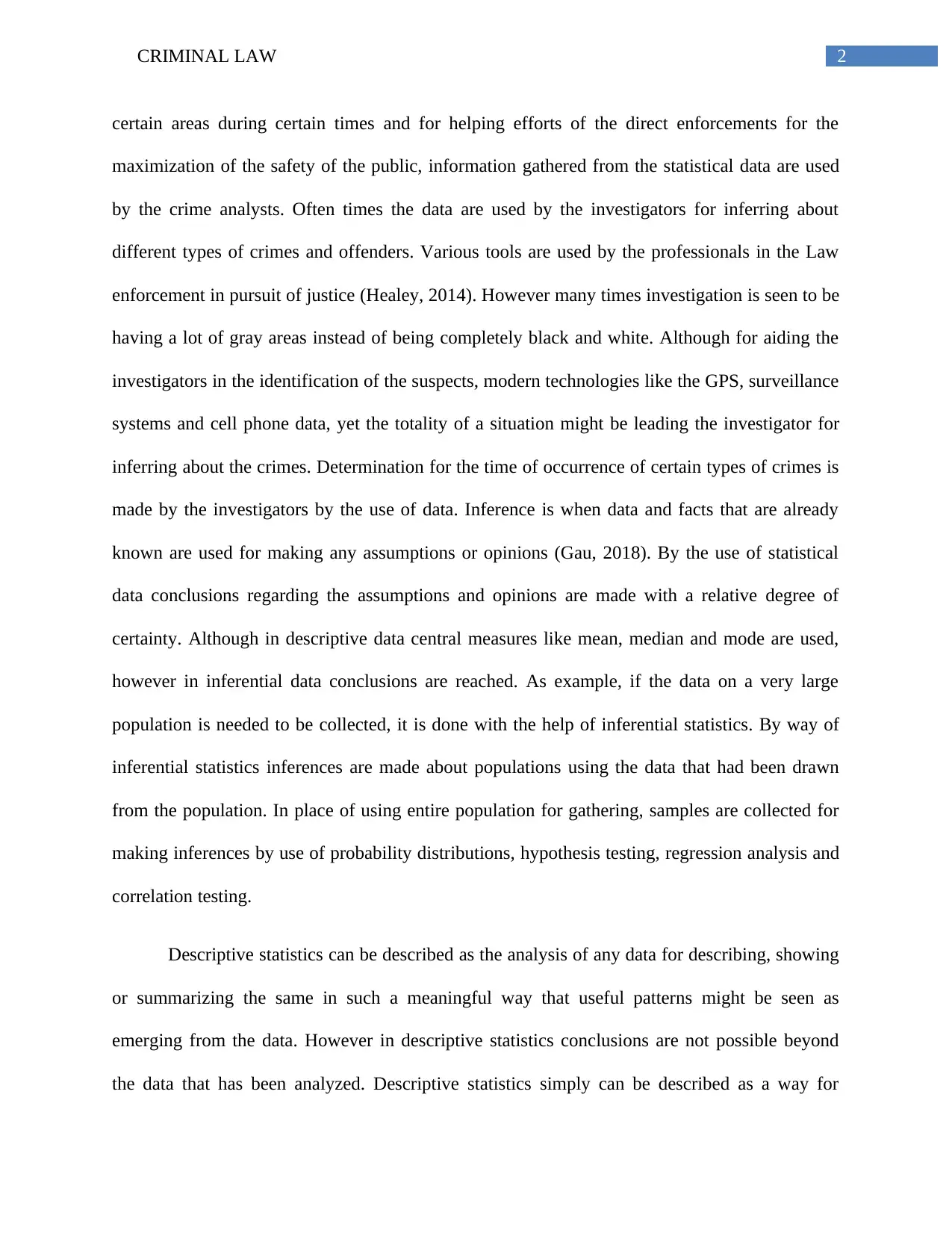

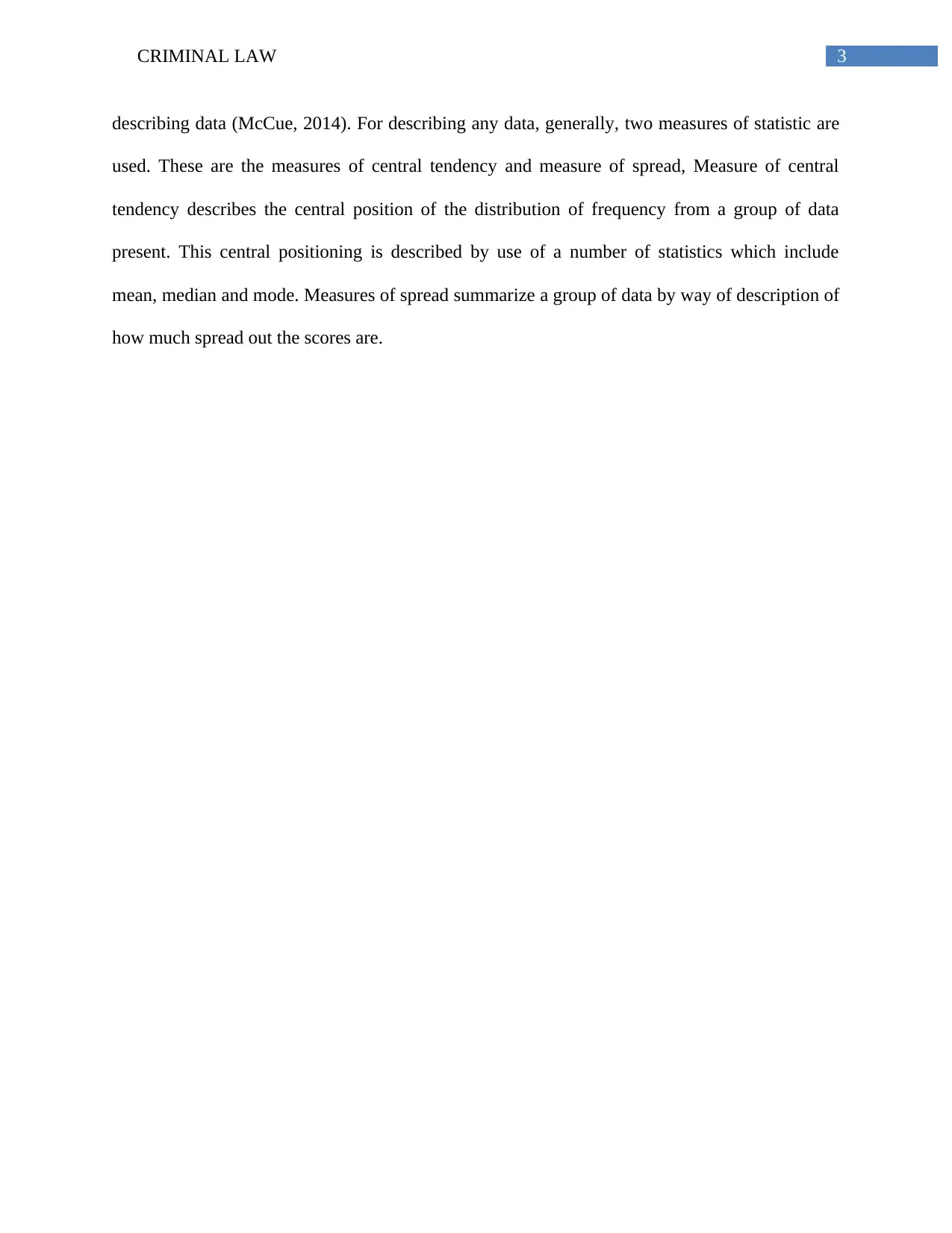
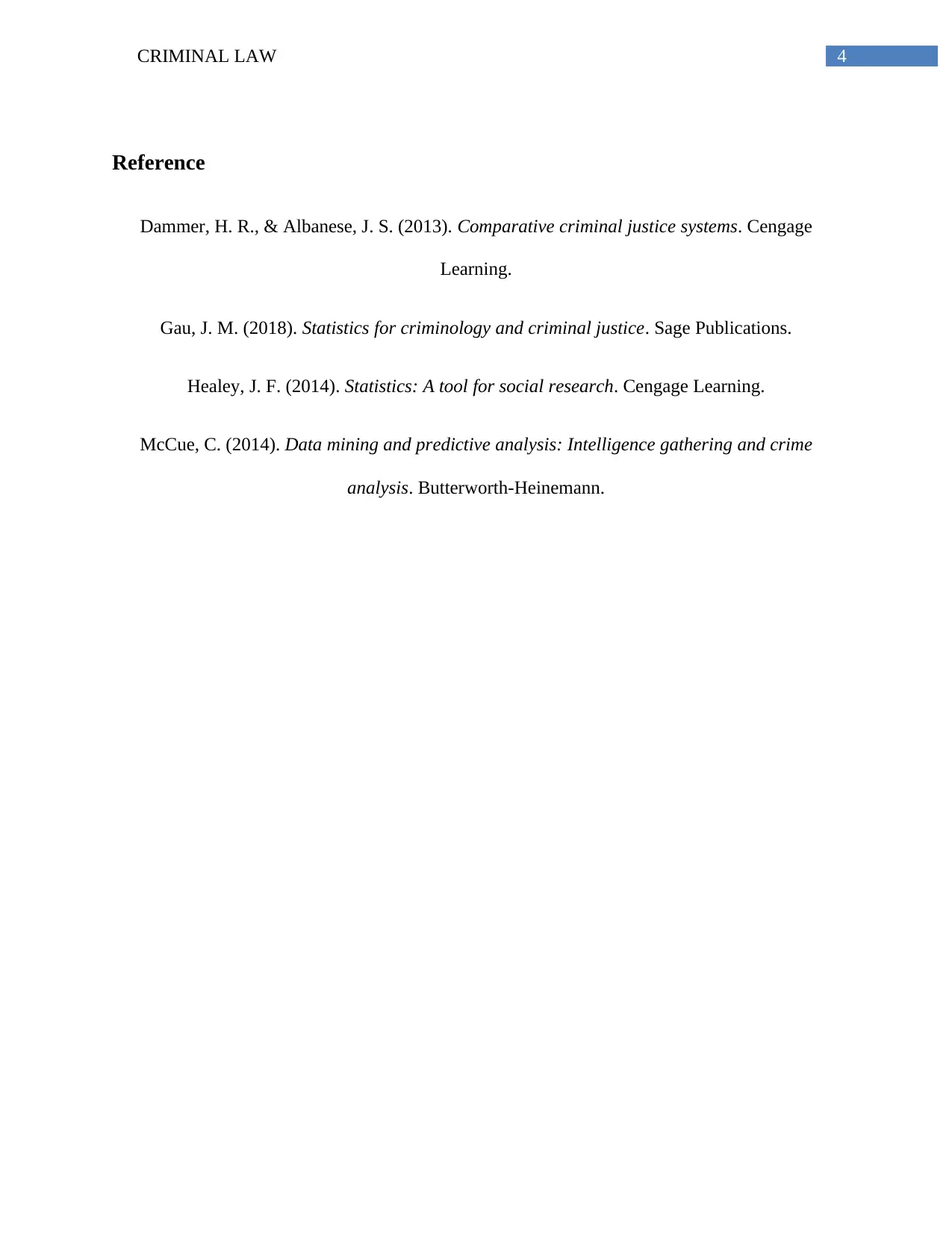






![[object Object]](/_next/static/media/star-bottom.7253800d.svg)